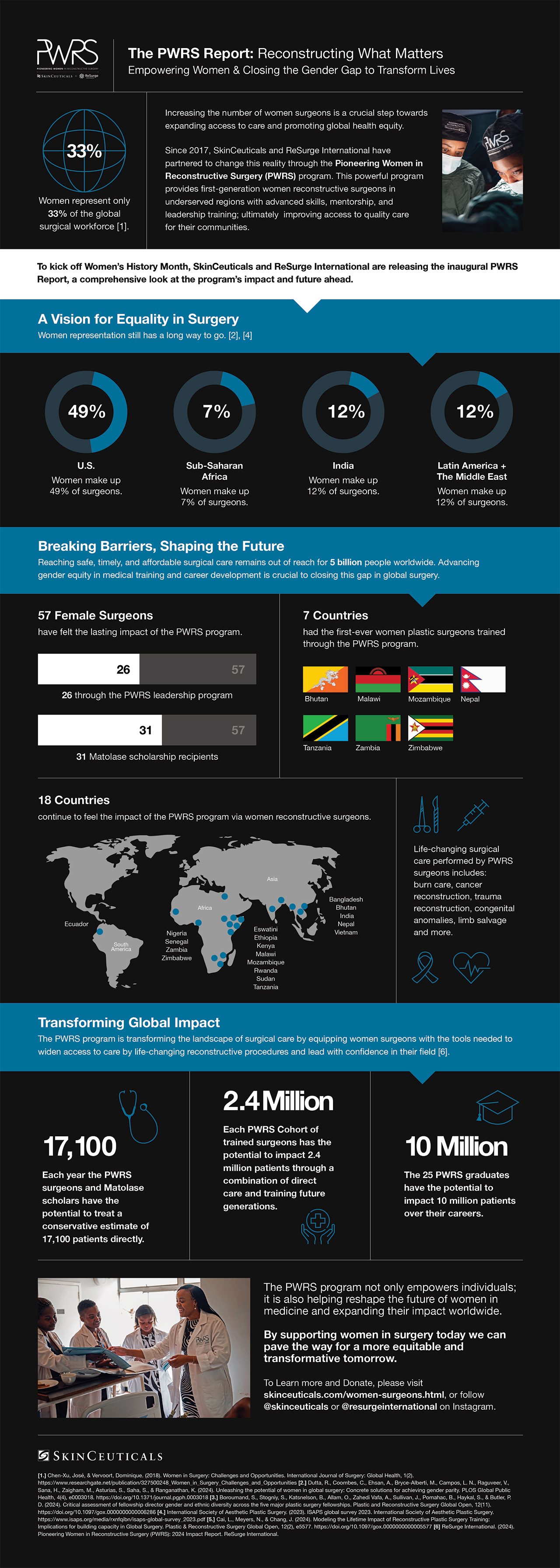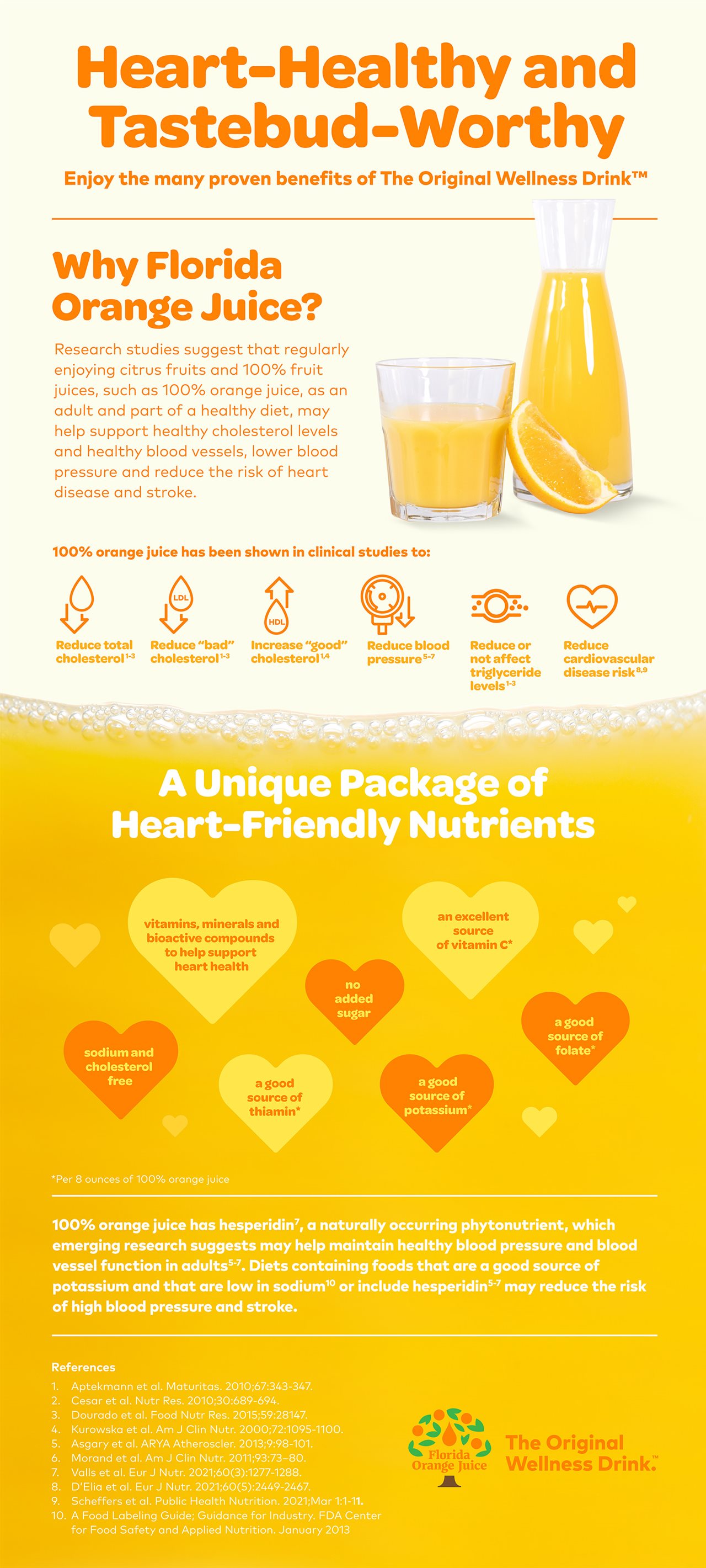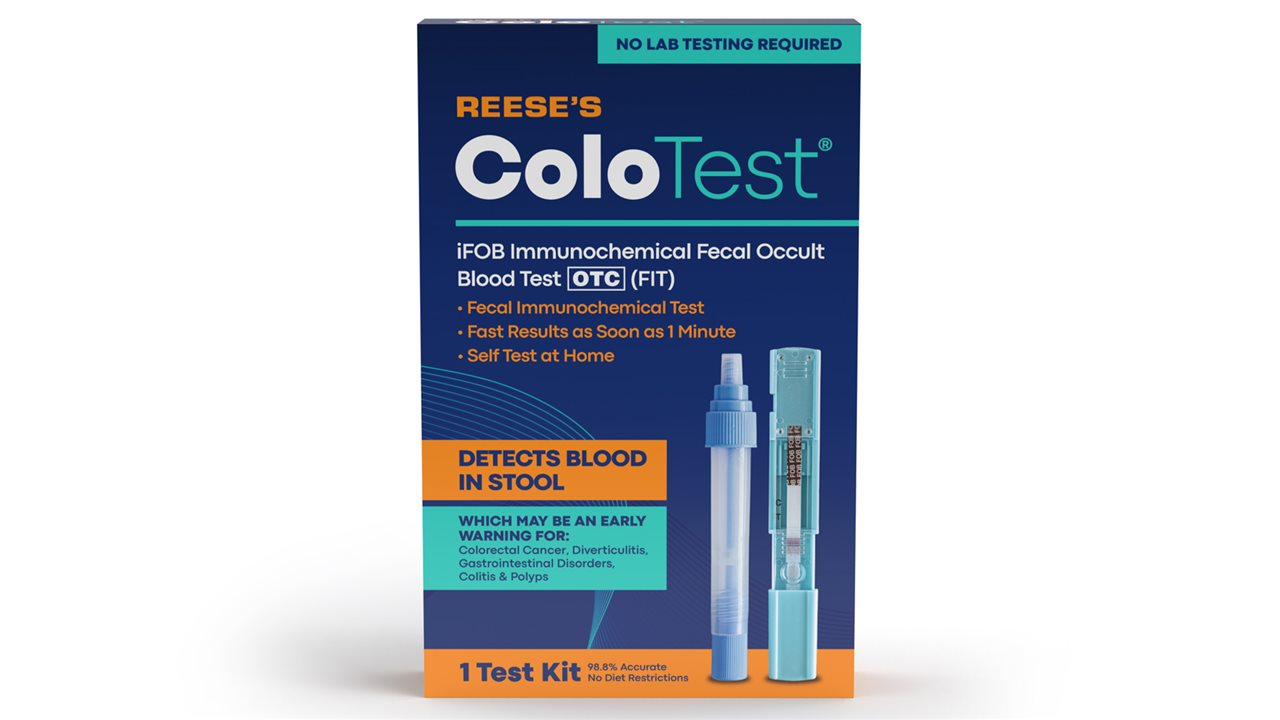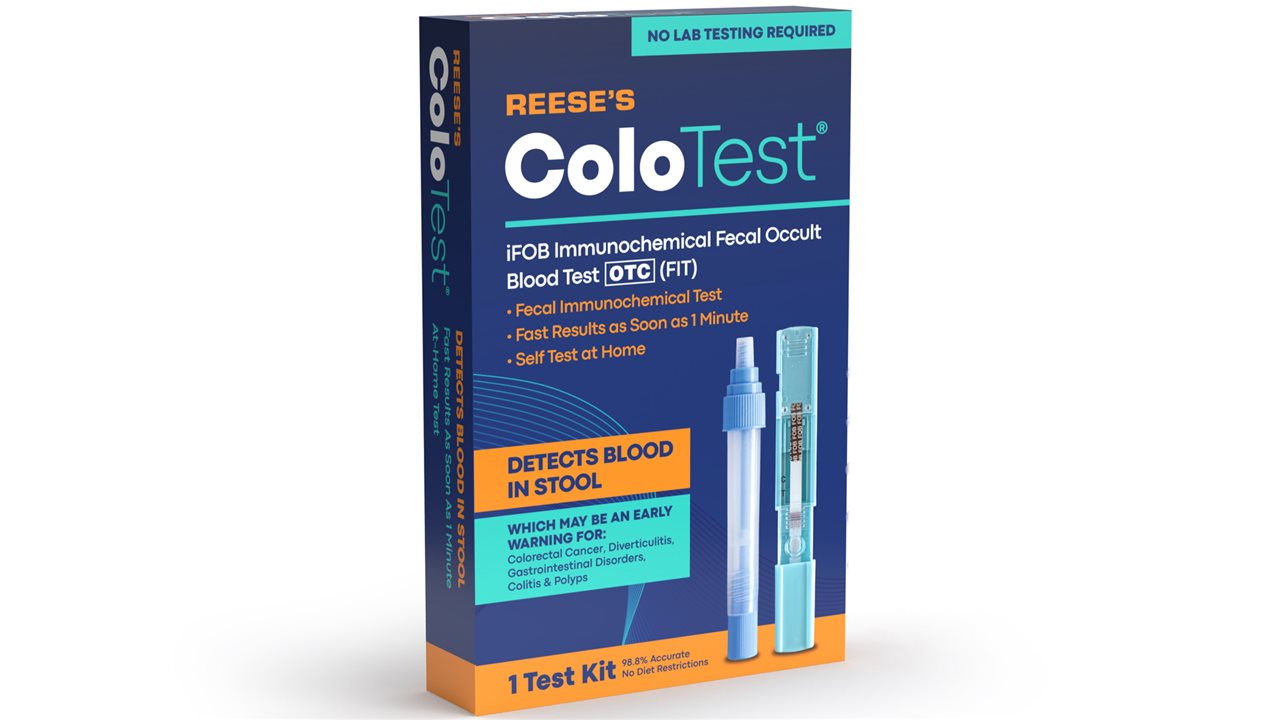But what if there were a way to identify patients at risk of relapse earlier and treat them before the cancer has a chance to come back? That's the goal of the ALPHA3 clinical trial, a groundbreaking study investigating whether early intervention with an investigational CAR T cell product (cemacabtagene ansegedleucel or cema-cel, pronounced "SEM-a-sell") can help prevent relapse in DLBCL patients. CAR T therapy is a revolutionary approach to treating cancer that has shown promising results and high remission rates, particularly when used in blood cancers[2].
A New Approach May Predict and Prevent Relapse
The ALPHA3 trial uses an investigational blood test designed to find signs of cancer earlier, often well before it shows up on scans. The test looks for minimal residual disease, known as MRD, or traces of cancer left in the blood after chemotherapy that are too small to be seen on scans. Being MRD positive can indicate whether or not a patient is at high risk of their cancer coming back, also known as relapse.[3]
If MRD is detected, patients may be eligible to join the ALPHA3 trial, where they will be randomly assigned to one of two groups. One group would undergo more thorough observation, and the other group would undergo treatment with cema-cel. Unlike traditional treatments given after relapse occurs, cema-cel is administered as a one-time infusion shortly after MRD is detected and is designed to target and eliminate the remaining cancer cells in the body, potentially preventing relapse before it happens.
Why Early Intervention Matters
Research suggests that treating cancer when it is still microscopic — before it grows large enough to appear on scans — may improve outcomes.[4] Think of it like putting out a fire as soon as you see the first puff of smoke rather than waiting until the flames spread. By intervening early, the ALPHA3 trial aims to improve cure rates for DLBCL patients who are at high risk of relapse.
What Makes the ALPHA3 Trial Different?

Most clinical trials test new treatments only after cancer has relapsed and grown large enough to be detected on scans. The ALPHA3 trial takes a different approach by focusing on prevention. It combines cutting-edge MRD testing technology with a novel CAR T cell therapy to address cancer at its earliest stages.
This innovative approach could transform the treatment landscape for DLBCL patients, offering hope to those who might otherwise face relapse and more intensive treatments down the road.
For more information to share with your patients about the ALPHA3 trial, visit DLBCL.ClinicalEnrollment.com.
[1] Tilly H., et al: Polatuzumab Vedotin in Previously Untreated Diffuse Large B-Cell Lymphoma. New England Journal of Medicine. 2021
[2] Estimation of eligibility for and response to CAR-T therapy in the United States. Haslam, A. Blood Adv (2024) 8 (4): 1032–1036.https://doi.org/10.1182/bloodadvances.2023011184
[3] Foresight Diagnostics. Foresight Diagnostics Presents Independent Validation of its CLARITY Minimal Residual Disease Assay in Multi-center Study of Frontline DLBCL at the 2025 ASCO Annual Meeting. LINK
[4] ALPHA/ALPHA2 Phase 1 data, Locke FL, et al. J Clin Oncol. 2025
Parkinson's disease, a progressive disorder of the central nervous system, has become the fastest-growing neurological disorder worldwide; just within the United States, approximately 1 million patients have been diagnosed.1,2 Some studies show that the prevalence of PD is nearly 50% higher than the current estimate, with approximately 90,000 new cases each year.3
PD affects the dopamine-producing neurons in the brain that control movement, resulting in the characteristic slowness of movement, stiffness, resting tremors, and impaired balance so often associated with the disease.
Gasper's days look a little different after his Parkinson's diagnosis, but his determination to make every day count and his love for his family is strong. He starts most mornings with either going to church or a combination of physical, occupational, or speech therapy. He keeps himself busy, not just for his own well-being, but because it brings him joy to stay connected with others in his community.
"I do best in a crowd," he says. "And my family makes sure I stay busy." That family includes three siblings, two grandchildren, and two children including his daughter, Dr. Jill Giordano Farmer, DO, who is also his Movement Disorder Specialist. The line between family and clinical care can be delicate, but Dr. Farmer manages it with empathy and purpose.
"She's amazing," Gasper says proudly. "She thinks I can't take care of myself, but I always tell her I can, as long as I listen to her."

A Legacy of Care
Dr. Farmer plays a unique dual role, combining clinical experience with an intimate understanding of her father's personality, habits, and needs. "It's not just about prescribing medication," she says. "It's about walking alongside someone you love through every stage. I'm his doctor, but I'm also his daughter, and I want to help make each day a little easier for him."
She's the one who first noticed early signs of Parkinson's. At first, it was thought to be a "trick knee," but Dr. Farmer noticed changes in his voice, posture, and sleep. Eventually, the diagnosis became clear. "I didn't look it up," Gasper says. "I read the pamphlets the doctor gave me and listened to my daughter."
Dr. Farmer's approach was never to overwhelm him with information. Instead, she met him where he was, offering resources only when he was ready. "A lot of this was buffered by my late wife," Gasper reflects. "She'd filter the info before I was ready to hear it."
Navigating Treatment Options
He began treatment gradually, trying different approaches like immediate release carbidopa/levodopa with his care team, while also staying consistent with exercise, therapy, and family support. Levodopa and carbidopa treatments have become the gold standard for managing Parkinson's symptoms in the absence of a cure.
As his Parkinson's progressed, Gasper had difficulty maintaining his medication routine. That's when Dr. Farmer introduced him to CREXONT® (oral carbidopa and levodopa extended-release capsules), approved for the treatment of Parkinson's disease.
With his new treatment regimen in place, Gasper found more consistency in his days.
With CREXONT, Gasper feels more like himself again, present, capable, and connected to the life he cherishes. What matters most to Gasper is feeling present and capable of doing the things he loves, like spending time with his grandchildren, one of whom reminds him of his late wife, attending church, and vacationing with his family. CREXONT has helped him reclaim those moments, offering more consistency in his days.
"If I can help somebody even an inch and make their life better, I hit a home run. That's it," he says of sharing his story with Parkinson's and his experience taking CREXONT.
The Path Forward
For Dr. Farmer, the experience of being both physician and daughter has only deepened her passion for helping others. "When you have a successful outcome in treatment, you want to give hope that there are options — that you're not alone."
She often tells her own patients about Gasper's experience, not to prescribe a one-size-fits-all solution, but to make the path forward feel a little more real and less intimidating. "When doctors are asked, 'What would you do for your own family?' this is what I chose for mine," says Dr. Farmer.
Gasper doesn't like to talk much about his diagnosis outside the family, not because he's ashamed, but because he doesn't want people to look at him differently. Still, he chooses to share his story with the hope that it might help someone else feel just a little more understood.
"I don't know what the future holds," he says honestly. "But I'm working on it now. And I'm lucky to have people beside me."
Gasper's experience with CREXONT is his own and may not reflect the experience of every patient. For some people, CREXONT may cause falling asleep during daily activities. Side effects may include nausea and anxiety. Individual results will vary. Always speak with your doctor to determine if CREXONT may be right for you. Only a healthcare provider can assess your condition and guide you to the appropriate treatment options.
To hear more real patient experiences like Gasper's and for more information about CREXONT, visit crexont.com.
CREXONT® Important Safety Information
INDICATION
CREXONT® (carbidopa and levodopa) extended-release capsules is a prescription medication for the treatment of Parkinson's disease, Parkinson's disease caused by infection or inflammation of the brain, or Parkinson's disease-like symptoms that may result from carbon monoxide or manganese poisoning in adults.
IMPORTANT SAFETY INFORMATION
Do not take CREXONT with antidepressant medications known as nonselective monoamine oxidase (MAO) inhibitors.
Do not take CREXONT with other carbidopa-levodopa preparations without consulting your healthcare provider.
CREXONT may cause falling asleep during activities of daily living, somnolence, or dizziness. Avoid activities that require alertness such as driving and operating machinery until you know how CREXONT affects you.
The most common side effects that may occur with CREXONT are nausea and anxiety.
It is important to avoid sudden discontinuation or rapid dose reduction of CREXONT. If you are discontinuing CREXONT, work with your healthcare provider to taper the dose over time to reduce the risk of fever or confusion.
You may take CREXONT with or without food, but taking it with food may decrease or delay its effect. Consider taking the first dose of the day about 1 to 2 hours before eating.
Swallow CREXONT whole. Do not chew, divide, or crush the capsules.
Do not take CREXONT with alcohol.
Tell your healthcare provider if you:
- Have any heart conditions, especially if you have had a heart attack or irregular heartbeats
- Experience hallucinations or abnormal thoughts and behaviors
- Have an inability to control urges to gamble, have increased sexual urges, or experience other intense urges
- Have thoughts of suicide or have attempted suicide
- Have abnormal involuntary movements that appear or get worse during treatment
- Have ever had a peptic ulcer or glaucoma
- Become or intend to become pregnant. Based on animal data, CREXONT may cause fetal harm
- Are breastfeeding during therapy
To report SUSPECTED ADVERSE REACTIONS, contact Amneal Specialty, a division of Amneal Pharmaceuticals, LLC at 1-877-835-5472 or the FDA at 1-800-FDA-1088 or www.fda.gov/medwatch.
Please read the full Prescribing Information. For more information talk to your healthcare provider.
CREXONT® is a registered trademark of Amneal Pharmaceuticals LLC. © 2025 Amneal Pharmaceuticals LLC. Distributed by Amneal Specialty, a division of Amneal Pharmaceuticals LLC. All rights reserved.
References
- Dorsey ER et al. JAMA Neurol. 2018;75(1):9-10.
- Marras et al. NPJ Parkinson's Dis. 2018;4:21.
- Willis AW, Roberts E, Beck JC, et al. Incidence of Parkinson disease in North America. NPJ Parkinsons Dis. 2022;8:170. doi:10.1038/s41531-022-00410-y
PP-ADW-CREX-US-0081 6/2025
]]>DaVita, a comprehensive kidney care provider, employs thousands of nephrology nurses who specialize in caring for people living with chronic kidney disease across the nation.
Nephrology nurses skillfully care for patients throughout every stage of their kidney care journey — from early interventions to slow the disease's progression to supporting transplantation, from acute hospital care to dialysis at home. Because dialysis patients typically need multiple treatments each week, they often develop deep relationships with their care teams.
DaVita recently honored 56 of its nephrology nurses with the DAISY Award® for Extraordinary Nurses. The DAISY Award is a special honor given through the DAISY Foundation to recognize extraordinary nurses for the compassionate contributions they make every day.
"The empathy and compassion that nurses bring to their interactions with patients and their loved ones is a foundational part of healthcare," said Tina Livaudais, chief nursing officer for DaVita. "Nurses are at the heart of the care we provide at DaVita, and our DAISY recipients lead with these qualities, helping to deliver on DaVita's mission as a provider of choice through their unwavering dedication to clinical excellence."
DaVita's 2025 DAISY Award recipients were nominated by fellow employees (teammates) and patients for helping to deliver outstanding clinical outcomes and consistently demonstrating caring behaviors. Their stories are a powerful reminder that nursing is more than a profession; it's a calling. Here are just a few.
Nicole Morales
Nicole Morales embodies what it means to be a nurse. For DaVita patients across greater Milwaukee, Nicole provides steadfast dedication, compassion and selflessness. As a home dialysis nurse, she is committed to teaching patients how to safely and effectively perform the treatment. She also goes the extra mile to support her patients' needs inside and out of the dialysis center. Earlier this year, a patient in her care was experiencing deteriorating vision but could not afford glasses. Upon learning this, Nicole scoured the community to find low-cost eye care options. She shared her findings with the patient, who was then fitted with a new pair of glasses and given back the gift of sight.
Cindy Johnson
In Eastern Kentucky, Cindy Johnson is known for managing difficult situations tactfully and gracefully. She devotes her days to caring for DaVita patients who, without her support, may otherwise not have the opportunity to receive dialysis at home. By leading with compassion, Cindy meets patients where they are. No barrier is too great. In caring for a patient who struggled to read, she took time to teach him to perform dialysis at home on his own. Cindy never makes her patients feel inadequate. Instead, her solutions-oriented mindset uplifts and empowers them.
Irene Banks
Irene Banks is a nurse in Little Rock, Arkansas, at a high acuity center, where the patients she cares for receive specialized attention due to the medical complexity of their care needs. Irene is creative and compassionate in the way she cares for her patients. For one patient who experiences cognitive delays, she has offered activities, such as math worksheets and crossword puzzles, during treatment to help support an improved care experience. Irene continually goes above and beyond to help patients in her care feel comfortable and welcome.
No matter the treatment environment, DaVita nurses create special connections with their patients. DaVita is honored to present the DAISY Award to nurses across the nation. Visit davitaforward.com/difference for more inspiring DaVita care stories, and see below for more of this year's honorees:
- Cindy J. – Jenkins, KY
- Crystal R. – Victoria, TX
- Nicole M. – Wauwatosa, WI
- Kelly H. – Elmira, NY
- Debra L. – Champaign, IL
- Raquel Murua-S – Fort Wayne, IN
- Jeremy B. – Atwater, CA
- Irene B. – Little Rock, AR
- Caressa H. – Weaverville, NC
- Irene V. – Renton, WA
- Kaye A. – Eatontown, NJ
- Shoua L. – Marysville, CA
- Victoria C. – Jacksonville, NC
- Paul F. – Hainesport, NJ
- Angely O. – Ruskin, FL
- Gurloveleen S. – Fresno, CA
- Briana B. – Lewiston, PA
- Raheem J. – Clinton, SC
- Clyde W. – Metairie, LA
- Ryan D. – Nashua, NH
- Kristi B. – Chicago Ridge, IL
- Conswelo S. – Boaz, AL
- Connie C. – Tempe, AZ
- Lindsay G. – Palm Beach Gardens, FL
- Keri W. – Omaha, NE
- Angie U. – Riverside, CA
- Katie B. – Manassas, VA
- Diane B. – Brighton, MI
- Jeffrey S. – Troy, OH
- Linda S. – Farmington, NM
- Abigail H. – Salem, OR
- Stephanie A. – Milford, CT
- Kyung Mo K. – Los Angeles, CA
- Michael S. – Coppell, TX
- Vanessa C. – Harrisonburg, VA
- Rachiratou T. – O'Fallon, IL
- Edgardo Y. – Orlando, FL
- Elizabeth H. – Athens, OH
- Marianne M. – Alpena, MI
- Sarah H. – St. Louis, MO
- Tina C. – Milton, FL
- Susan H. – Fairfield, OH
- Laressa B. – Dilworth, MN
- Bryan J. – Orlando, FL
- Maria R. – Midland, TX
- Tami V. – Hastings, NE
- Demijohn B. – Houston, TX
- Samantha R. – Dumas, TX
- Lucy L. – Jamaica, NY
- Fancynelle J. – Shreveport, LA
- Shelby B. – Greensboro, GA
- Angel N. – Santa Maria, CA
- Amy M. – Ripley, TN
- Nicole W. – San Diego, CA
- Khristine D. – Las Vegas, NV
- Hiyasmin H. – Easton, MD
Research shows that medications can help people with an opioid use disorder recover, greatly lowering the risk of overdose and death.
Only a quarter of adults in need of treatment for opioid use disorder (OUD) receive medications to support their recovery. For those struggling with substance use disorder, there is hope for recovery. Medications for opioid use disorder (MOUD) help lower the risk of overdose and support long-term recovery.
Despite evidence for the benefits of MOUD, it is underused. In 2022, almost 1 in 3 adults (30%) who needed treatment for an OUD received treatment without medication.
In 2023, more than 80,000 opioid-involved overdose deaths were reported in the United States, and people aren't always getting the treatment they need:
- An estimated 9.4 million Americans needed OUD treatment in 2023.
- Almost half (43%) of the Americans who needed OUD treatment didn't think they needed it.
- Among those who received OUD treatment, there were more than twice as many adults ages 35–49 that received MOUD compared to those ages 18–25 and those ages 50+.
MOUD Supports Recovery
Buprenorphine, methadone, and naltrexone are FDA-approved to treat OUD. MOUD can reduce cravings and withdrawal symptoms or even blunt or block the effects of opioids. In addition to treating OUD and helping to reduce overdose risk, MOUD can also aid in sustaining recovery long term.
Stigma and Treatment Beliefs
Despite strong evidence supporting the efficacy of MOUD, several factors have been cited as reasons MOUD is sometimes not included as part of standard treatment plans. The barriers may stem from stigma, treatment beliefs, and access issues. Some factors include stigmatizing beliefs that a person is choosing not to change their behavior and treatment beliefs that can limit access to MOUD despite strong recommendations for their use. Some clinicians prefer an approach that does not include medications, and some hold beliefs equating MOUD with illegal substance use. This may be due to misconceptions about how the medications work. Understanding OUD as a medical disease can help to dispel these myths, potentially leading to increased use of MOUD as a valuable tool for OUD treatment and recovery.
Treating OUD like a Chronic Disease
MOUD is an important first step in treating and recovering from OUD. We now know that OUD is a long-term medical condition, like heart disease or diabetes, that needs to be managed over time. Just like those conditions, OUD can be treated, and medications are a key part of that treatment. It is safe to stay on MOUD for many years, even for life.
While MOUD is the key first step in treatment, mental health services and other supports are also very important for recovery. These services can help people focus on their long-term health and happiness by improving things like diet, exercise, and sleep, and by helping them with other important parts of life, like building strong relationships and finding satisfying work.
It is critical for Americans who are struggling with OUD to have access to OUD treatment options to support their recovery. Our communities can work together to make sure that people can stay in recovery, living happier, healthier lives.
Everyone can play a part in reducing overdose deaths. If you or someone you know may be struggling, don't hesitate to reach out. Talk to friends, family members, or a healthcare professional and get the support you need. No one should suffer in silence.
If you or someone close to you needs help for a substance use disorder, talk to your doctor or call SAMHSA's National Helpline at 1-800-662-HELP or go to SAMHSA's Behavioral Health Treatment Services.
Additional resources:
- Local health centers for substance abuse
- Opioid Treatment Program Directory
- Decisions in Recovery: Treatment for Opioid Use Disorder (Handbook)
If you have questions about any medicines, drugs or suspected/known poisonings call the Poison Help Line at 1-800-222-1222.
To learn more about CDC's Division of Overdose Prevention, visit:
]]>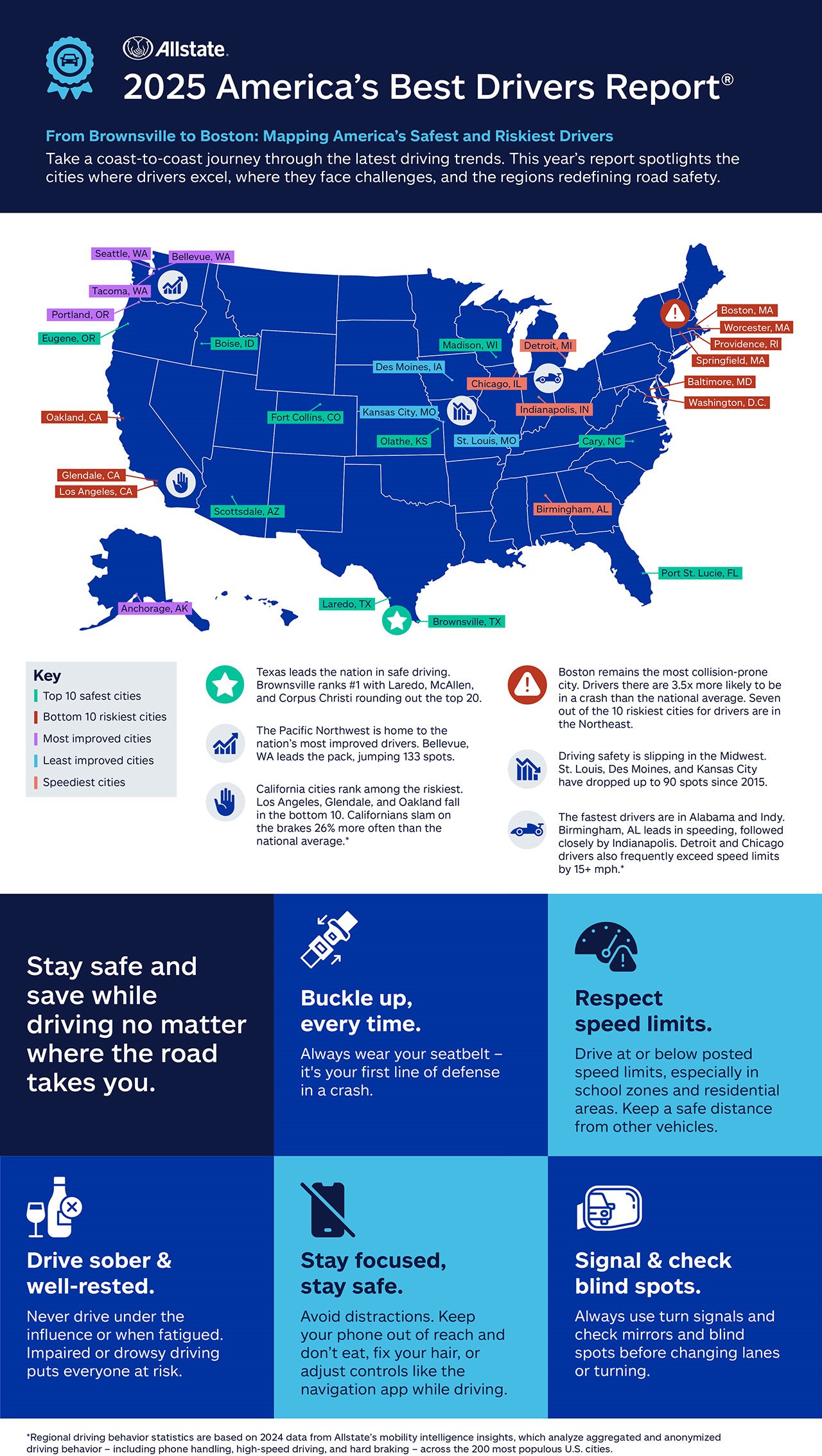
The 2025 Allstate America's Best Drivers Report reveals that Texas leads the nation in safe driving, with four cities in the top 20, including Brownsville, which reclaims its title as the safest driving city in America. Meanwhile, Boston is once again the most collision-prone city in the nation, where drivers are nearly 3.5 times as likely to be in a collision compared to the national average.

First launched in 2005, this year's Allstate America's Best Drivers Report revisits collision data published a decade ago to reveal surprising shifts in driving safety across the country, just as Americans prepare for another busy summer on the roads.
"No matter where you drive, the best way to protect yourself and others is simple: buckle up, stay focused and slow down," said Sandee Lindorfer, vice president of auto claims at Allstate. "These are three of the most effective ways to prevent crashes, and they cost nothing but attention."
Driving by the numbers: What the data reveals
East Coast or West Coast: Which is riskier?


- Seven of the 10 cities with the highest collision rates are located in the Northeast, including Boston, Washington, D.C., Baltimore and Philadelphia.
- But don't count out the West Coast: Los Angeles, Glendale and Oakland, California, round out the 10 riskiest cities for drivers.
Everything's bigger – and safer – in Texas

- Brownsville, Texas, is the safest driving city in America, with Laredo, McAllen and Corpus Christi also landing in the top 20.
- Across the state, 21 cities, including major metros such as Austin, Fort Worth, Houston and Dallas, have climbed the ranks over the past decade.
The Pacific Northwest gets a glow-up

- Drivers in Washington, Oregon and Alaska are safer behind the wheel than they were a decade ago, with some of the largest reductions in collisions nationwide.
- Bellevue, Washington, leads the way, climbing 133 spots since 2015 to earn the title of most improved city. Other Northwest cities making significant strides include Anchorage, Alaska, and Portland, Oregon.
Midwest "nice" hits a speed bump

- Several Midwestern cities have experienced significant declines in safe driving since 2015.
- St. Louis saw the steepest drop, falling 90 spots to No. 175. Des Moines, Iowa, dropped 89 places to No. 108, and Kansas City, Missouri, slid 84 spots to No. 101.
- Other cities following this downward trend include Sioux Falls, South Dakota; Minneapolis; Cleveland; Omaha, Nebraska; and Indianapolis.
Collision rates climb in America's riskiest cities
- While the average city has seen a modest decline in collisions since 2015, the gap between the safest and riskiest cities is widening.
- Several cities among the 50 most collision-prone cities have seen more than a 25% increase in crash rates since 2015, underscoring a growing divide in road safety.
How to stay safe and save on the road this summer
No matter where your city ranks, Allstate offers smart ways to stay protected and cut costs wherever you go.
- Stick to the speed limit and drive safely. It sounds simple, but it pays off. Avoiding violations and accidents for several months can earn safe driving discounts.
- Use a safe driving app. Programs like Allstate's Drivewise, available in the Allstate mobile app, reward smooth driving habits like safe speeds, gentle braking and staying off your phone. It personalizes your rate based on real-time behavior, and people who use Drivewise are 25% less likely to have a severe collision compared to those who do not.
- Consider cars with strong safety features. Cars with airbags, anti-lock brakes, advanced driver aids and factory-installed anti-theft systems offer greater protection and reduce the risk of accidents and theft — benefits that may also translate into insurance savings.
- Set young drivers up for success. Young drivers under 25 can save by completing an approved driver ed program or maintaining good grades — proof that preparation and responsibility pay off.
Find more safety tips and ways to save before hitting the road this summer at Allstate.com/Best-Drivers. Curious how your city ranked? Check out the full list in Allstate's 2025 America's Best Drivers Report below.


Methodology
The Allstate America's Best Drivers Report is the result of an in-depth examination of company auto claims data to determine the likelihood drivers in America's 200 most populous cities will experience a vehicle collision compared to the national average. According to Allstate claims data, the average driver in the U.S will experience a collision once every 10.56 years. This year, Allstate researchers analyzed property and collision damage claims reported during the two-year period of January 2022 to December 2023. The report defines a collision as any auto crash resulting in a property or collision damage claim and uses U.S. Census Bureau data to determine America's 200 largest cities. Allstate's auto policies represent approximately 10% of all U.S. auto policies, making this report a realistic snapshot of what is happening on America's roadways. The Allstate America's Best Drivers Report is produced solely to boost the country's discussion about safe driving and to increase awareness of the importance of being safe and attentive behind the wheel. The report is not used to determine auto insurance rates.
About Allstate
The Allstate Corporation (NYSE: ALL) protects people from life's uncertainties with a wide array of protection for autos, homes, electronic devices, and identities. Products are available through a broad distribution network including Allstate agents, independent agents, major retailers, online, and at the workplace. Allstate is widely known for the slogan "You're in Good Hands with Allstate." For more information, visit www.allstate.com.
KitchenAid, the maker of the iconic stand mixer, has recently launched the KitchenAid® Pure Power Blender. This handy kitchen appliance will help you turn everyday ingredients into delicious dishes to feed yourself or others. Thanks to its smooth variable speed control, asymmetric blade and three presets, what you can make is only limited by your imagination and your budget.
Not sure where to start? Check out these five recipes and see which is your favorite!
Making fresh salsa at home is simple with the right ingredients and tools. Take this smoky chipotle salsa recipe, for example. After roasting Roma tomatoes, onion, garlic and serrano peppers in the oven, you'll toss them straight from the pan to the blender to mix with smoky chipotle peppers and other tasty ingredients.
No need to wait for the oven-roasted veggies to cool down. Thanks to a fitted vented lid, the Pure Power Blender can take care of hot ingredients like freshly roasted tomatoes just as well as it can frozen food straight from the freezer. In no time at all, you'll have a perfectly textured salsa ready to scoop with your choice of chips or to spoon on top of tacos and other main dishes.
Have you ever made peanut butter at home? All you need is dry-roasted, salted peanuts, a neutral oil and a blender to make the magic happen.
An advantage to making your own peanut butter is that you control the texture. Whether your perfect spread is smooth and creamy or crunchy and chunky, you can make it happen with the right blender settings. Using the Pure Power Blender's precision speed control knob and asymmetric blade design, you'll be able to create the perfectly textured peanut butter that suits your taste and needs.
Pro tip: Add honey or maple syrup for a sweeter spread.
3. Roasted Corn, Potato and Zucchini Chowder
A hearty chowder is a delicious meal to share or eat on your own and save the leftovers. Using this recipe for roasted corn, potato and zucchini chowder, you'll have a fresh batch ready to serve in under 1 1/2 hours.
Much like the salsa recipe above, you'll roast the veggies in the oven before tossing them into the blender. However, you'll still be putting the blender to work while the veggies are roasting by making a smooth basil oil for drizzle.
Don't worry about cleaning up in between tasks. With the Pure Power Blender's Clean cycle, you'll have a clean blender jar ready in no time, so you can finish creating your veggie chowder.
Pro tip: For a smooth chowder, blend ingredients on speed 6 for one minute. If you prefer a chunkier chowder, blend on speed 2 for 5-10 seconds.
4. Citrus Cake
Can you make cake in a blender? You sure can! This recipe for citrus cake allows you to quickly mix all the necessary ingredients while you wait for dinner to finish cooking.
Using the precision speed control knob, you'll set the blender speed to 7 or 8 to finely chop unpeeled clementines and lemons that give the cake its flavor, as well as blend other essential ingredients like sugar, oil, vanilla and almond extract. When you're ready to add flours, baking powder and salt, simply glide the knob to speed 1 to incorporate these dry ingredients.
Once mixed, all you need to do is pour, bake, cool and top with simple sugar clementine glaze. Whether you serve this cake for brunch, tea time or dessert, your friends and family will be begging you for the recipe.
5. Acai & Berry Smoothie Bowls
No blender recipe list would be complete without a smoothie recipe! Gather frozen acai, blueberries, raspberries and bananas and get ready to mix it with delicious Greek yogurt, your choice of milk or milk alternative and your favorite toppings.
You won't have to worry about which blender setting to use for this recipe. Simply push the Pure Power Blender's Smoothie cycle button and watch your smoothie come to life.
Pro tip: You can use any berries you like, and don't forget that you can sneak in vegetables like riced cauliflower, baby spinach and carrots. Vanilla protein powder is also a sweet and nutritious addition to your smoothie bowls.
Are you ready to blend the rules? Try one or all five of these recipes and see for yourself how indispensable a blender can be. To learn more about the Pure Power Blender, visit KitchenAid.com.
]]>Migraine is more than just a "bad headache." It's a complex brain disease that can progress, robbing people of time with their loved ones and often forcing them to miss out on the everyday moments. It's a disease that impacts every person differently, and for those living with chronic migraine, it often feels like it's impossible to control.
More than 40 million people live with migraine disease in the U.S. — it is the second-most disabling disease globally. However, despite its prevalence, there are many misconceptions and gaps in understanding about the disease, including how it's portrayed on TV and in movies, which often downplay the true impact of migraine attacks on individuals' lives. In fact, nearly half of people with chronic migraine experience disease-related stigma.
For someone like Jennifer, who lives with chronic migraine, the disease has impacted nearly every aspect of her life, leading to lost personal time, missed moments with family and friends, and strains on her career.
The True Impact of Migraine
Jennifer always had a zest for life, often spending weekends out dancing with her friends or spending time with her family and loved ones. After marriage and the birth of her daughter, she started her dream job with a nonprofit organization, where she felt rewarded in her daily work. Things were going really well for Jennifer, until a few years later when she started to feel something strange happening to her head. "Sometimes it felt like my head was on fire, and other times it felt like electrical volts of pain were searing through it," Jennifer recalls.
Jennifer's journey to a migraine diagnosis and feeling any relief from her migraine attacks was long and difficult, spanning years of tests and treatments that didn't bring her the effect she was desperately seeking. During that time, Jennifer's symptoms continued to worsen, eventually becoming so severe that they began to affect her job performance. Outside of work, even Jennifer's young daughter didn't understand why her mom spent so much time alone in a dark room.
"It's hard to explain to an 8-year-old that you don't feel good and that you get pain so bad that it feels like your head is going to explode," Jennifer shares. "When my severe migraine attacks started affecting how I showed up at work and at home — and as a mother — I knew that enough was enough and it was time to make a change."
Taking Action to Find Her Path to Better Days
Jennifer continued her quest for consistent migraine symptom relief and getting back more of the everyday moments she used to enjoy.
"My migraine attacks were about so much more than headaches," Jennifer recalls. "I once told my doctor I was happy I'd only had five migraine attacks over a few weeks, and he said, 'You think that's good?' That was a defining moment where I felt we could push the boundaries on what's possible."
Jennifer tried multiple treatments to help manage her symptoms, but none of them provided the improvement that she was looking for to help her be more present in her day-to-day. Knowing that she expected more from her migraine treatment plan, Jennifer continued partnering with her doctor to find the right treatment. So, when her doctor asked her if she wanted to try a treatment called VYEPTI® (eptinezumab-jjmr), a prescription medicine used for the preventive treatment of migraine in adults, she was interested.
Doing her research, Jennifer learned that VYEPTI represented a different approach to treatments in that it's given by a healthcare provider four times a year (every three months) via intravenous (IV) infusion. After discussing the potential benefits and risks of this treatment with her doctor, Jennifer wanted to give it a try.
In patients with 4 or more migraine days a month, VYEPTI has been proven to reduce monthly migraine days over months 1-3 compared to placebo. However, individual results may vary, and you should not receive VYEPTI if you are allergic to eptinezumab-jjmr or any of the ingredients in VYEPTI. See additional Important Safety Information for VYEPTI below.
Better Days Living with Migraine
For Jennifer, VYEPTI made a difference quickly. "Is this really how good I'm supposed to be feeling?" Jennifer remembers saying to her doctor after her first VYEPTI infusion when she started to notice a difference.
Since starting VYEPTI, Jennifer has experienced changes in her migraine, which is helping her thrive both at home and at work. "Now that I'm having fewer migraine days, I'm trying to make the most of it," she shares. "I always want to do good things for people and spend more time giving back to others. Sometimes, it's the little things you take for granted that have a big impact."
She's also pursuing personal passions like gardening, kayaking, hiking, walking her dog and attending concerts — activities she previously avoided. Jennifer even attended an international sporting event, navigating her typical migraine triggers like noise and heat.
"Looking back, I try not to regret all the time I spent isolated from family and friends," Jennifer says. "If you're struggling with migraine, please keep talking to your doctor and looking for the treatment that's right for you. You may not always feel this way — improvement is possible. And you deserve it."
If migraine is still impacting your life, there are tools available to help you share your experience with your doctor and discuss if VYEPTI could be right for you. Check them out on VYEPTI.com. Individual experiences may vary.
APPROVED USE
VYEPTI is a prescription medicine used for the preventive treatment of migraine in adults.
IMPORTANT SAFETY INFORMATION
Do not receive VYEPTI if you have a known allergy to eptinezumab-jjmr or its ingredients.
VYEPTI may cause serious side effects such as:
- Allergic reactions. Call your healthcare provider or get emergency medical help right away if you have any symptoms of an allergic reaction: rash; swelling of your face, lips, tongue, or throat; if you have trouble breathing; hives; or redness in your face.
- High blood pressure. High blood pressure or worsening of high blood pressure can happen after receiving VYEPTI. Contact your healthcare provider if you have an increase in blood pressure.
- Raynaud's phenomenon. A type of circulation problem (Raynaud's phenomenon) can worsen or happen after receiving VYEPTI. Contact your healthcare provider if you have symptoms such as your fingers or toes feeling numb, cool, or painful, or changing color from pale to blue to red.
Before starting VYEPTI, tell your healthcare provider about all your medical conditions, including if you have high blood pressure; circulation problems in your fingers and toes; are pregnant or plan to become pregnant; or are breastfeeding or plan to breastfeed.
Tell your healthcare provider about all the medicines you take, including any prescription and over-the-counter medicines, vitamins, or herbal supplements.
The most common side effects of VYEPTI include stuffy nose and scratchy throat, and allergic reactions. These are not all the possible side effects of VYEPTI. Tell your healthcare provider if you have any side effect that bothers you or that does not go away.
You are encouraged to report negative side effects of prescription drugs to the FDA. Visit www.fda.gov/medwatch or call 1-800-FDA-1088.
For more information, please see the Prescribing Information and Patient Information.
© 2025 Lundbeck. All rights reserved. VYEPTI is a registered trademark of Lundbeck Seattle Biopharmaceuticals, Inc. EPT-B-101845
]]>






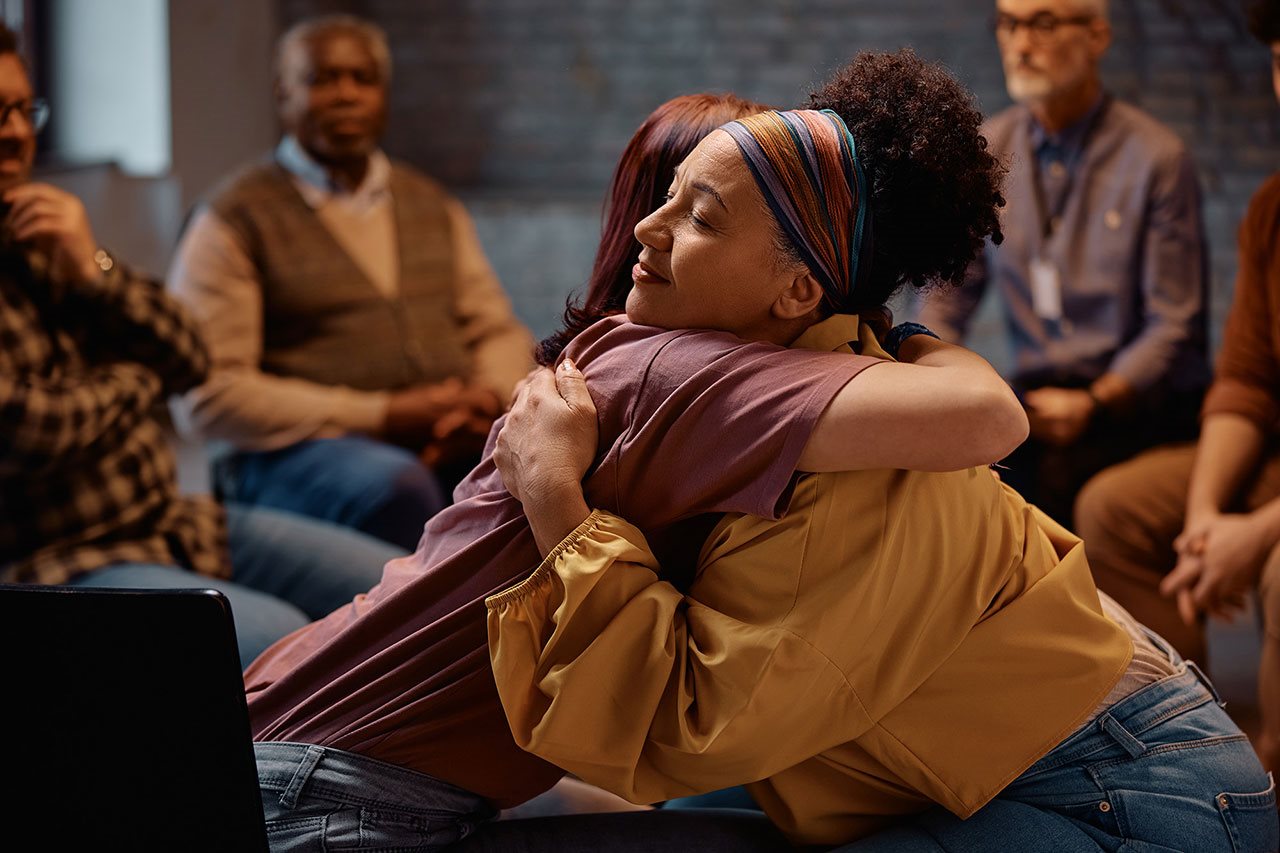










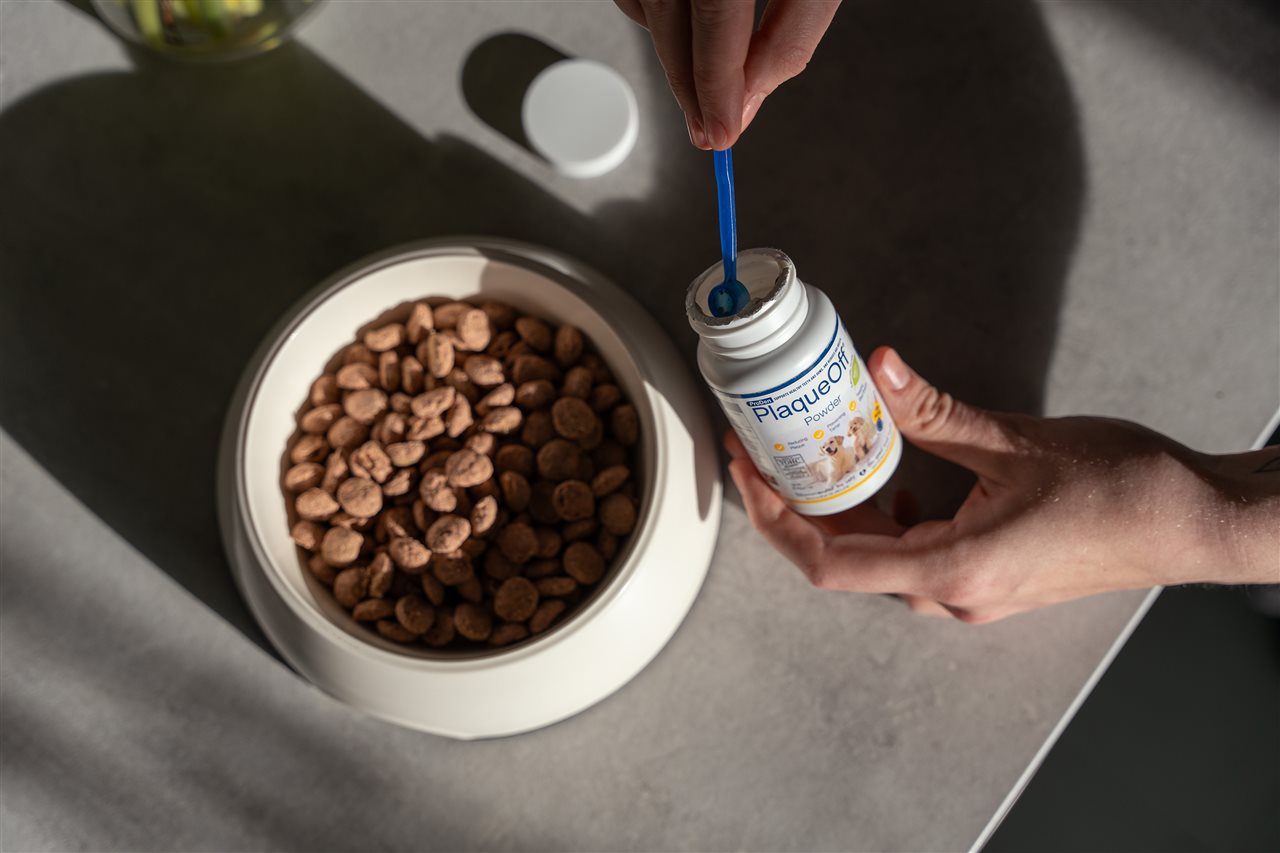
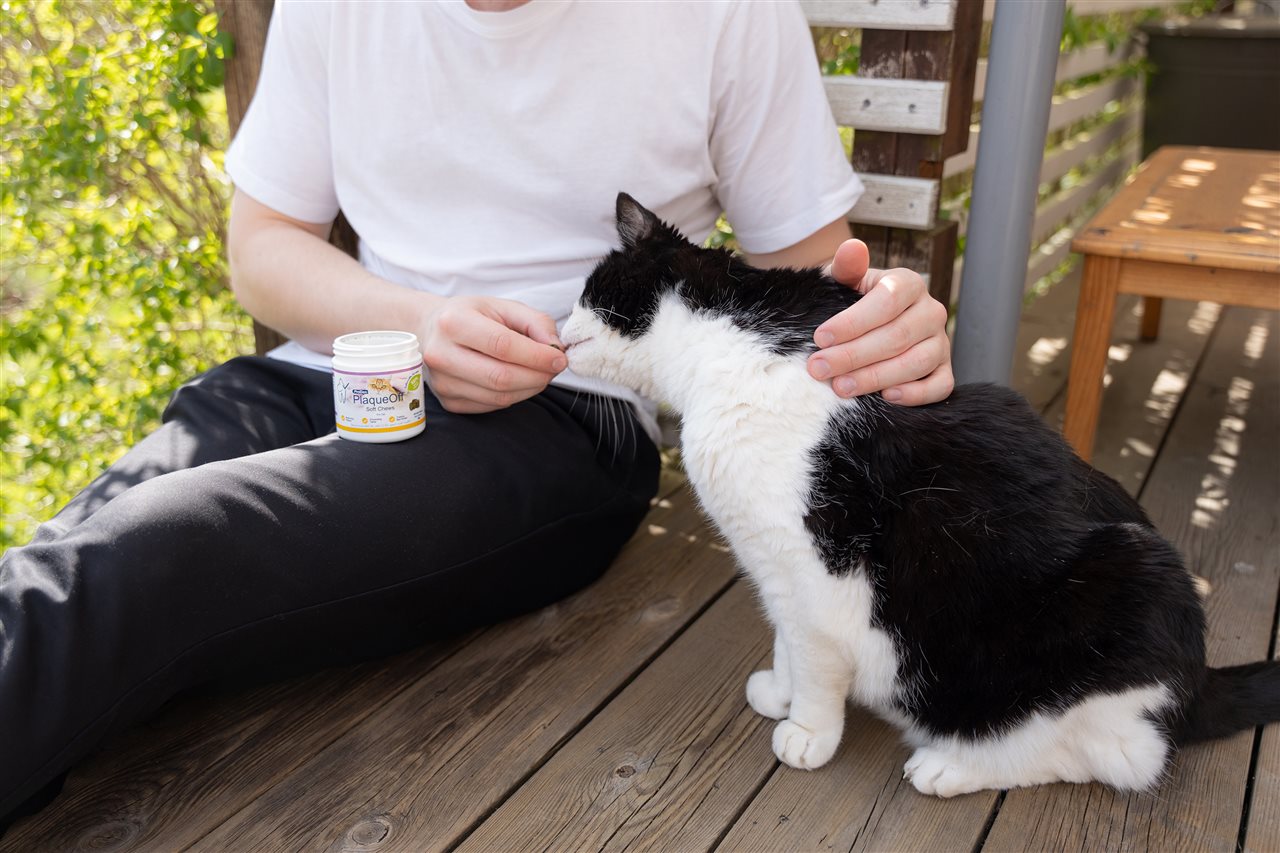


















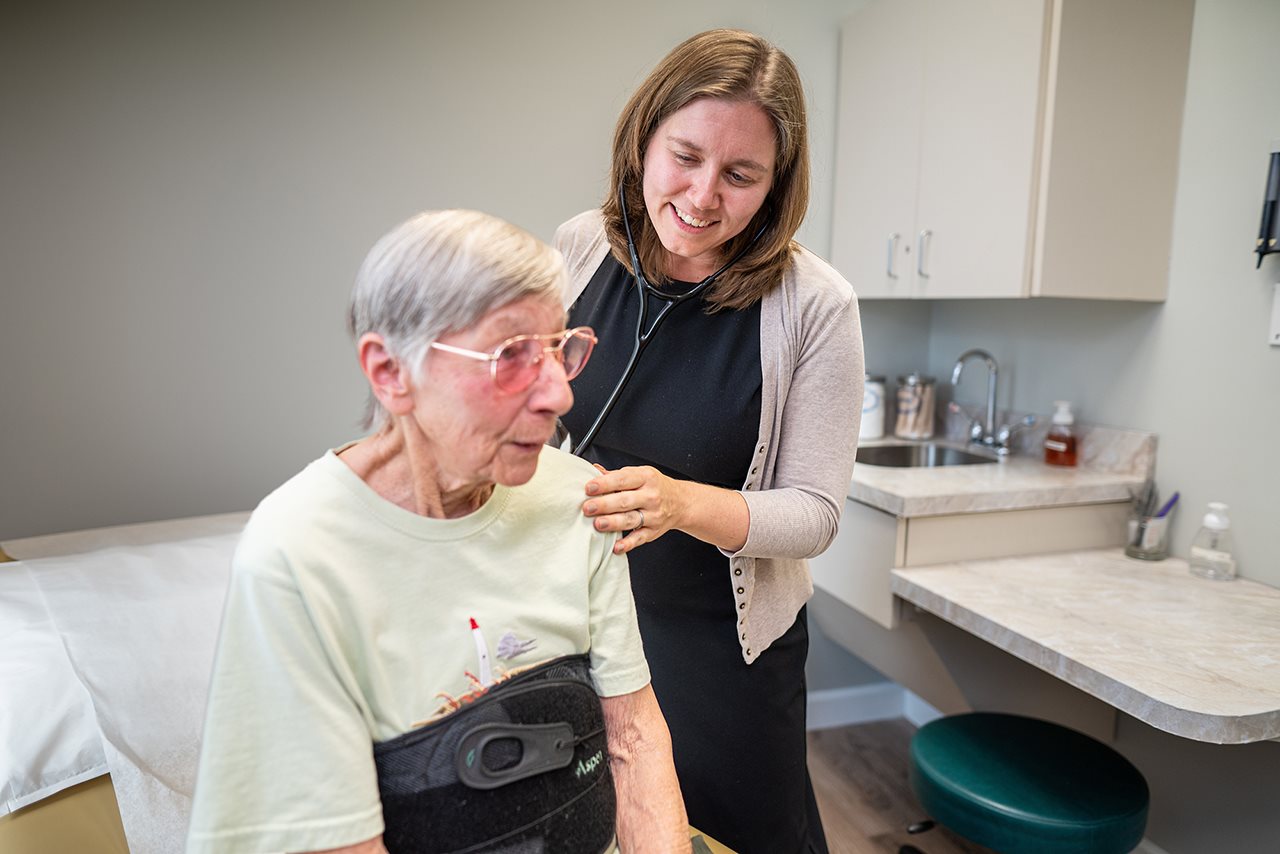
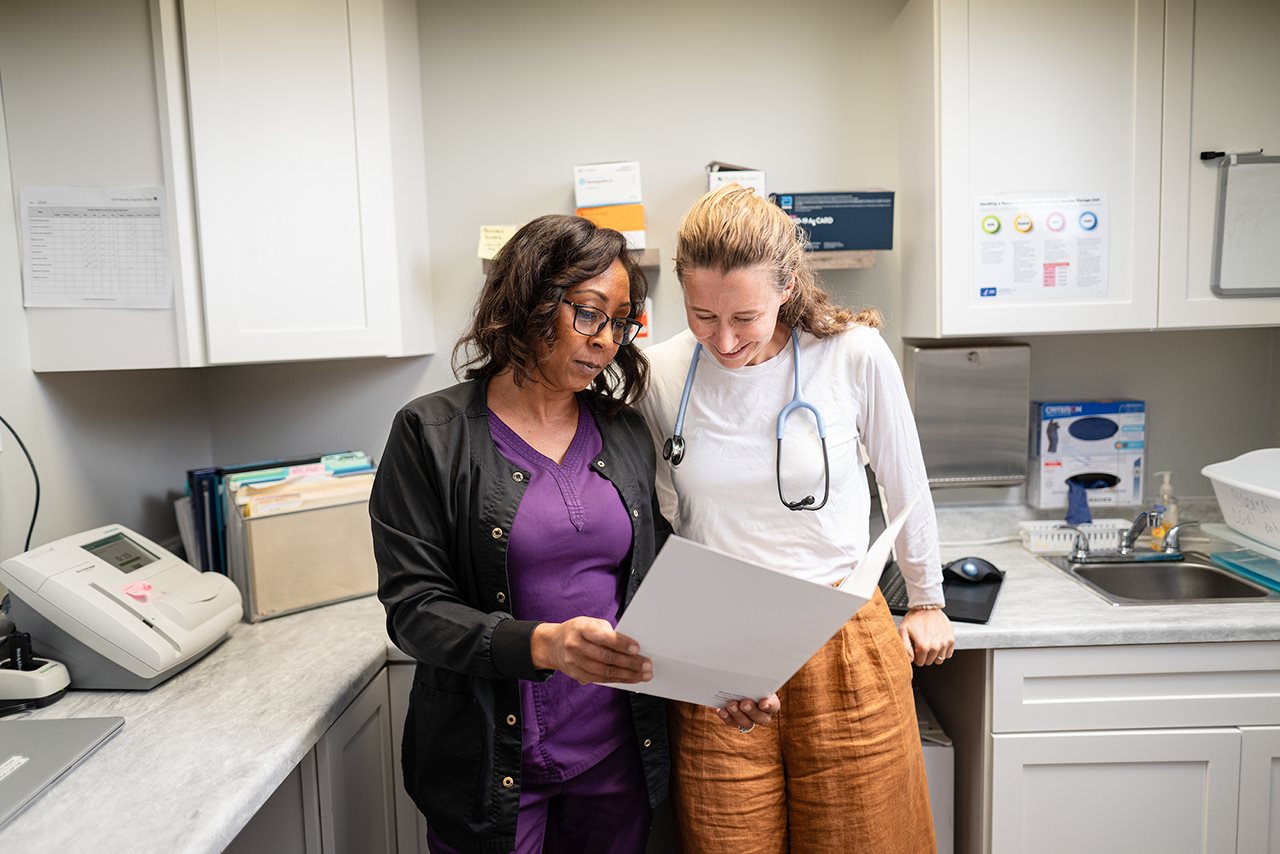

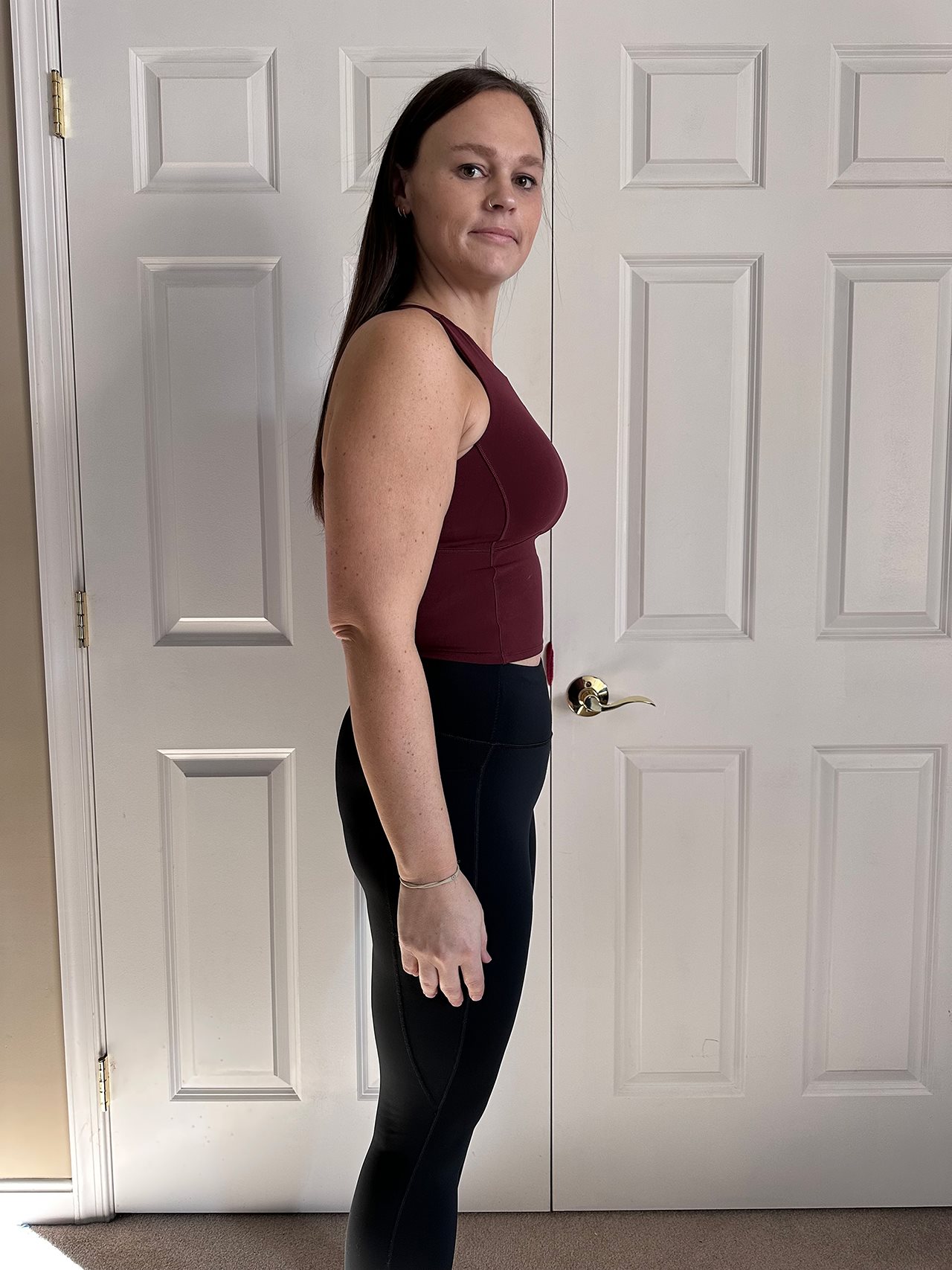
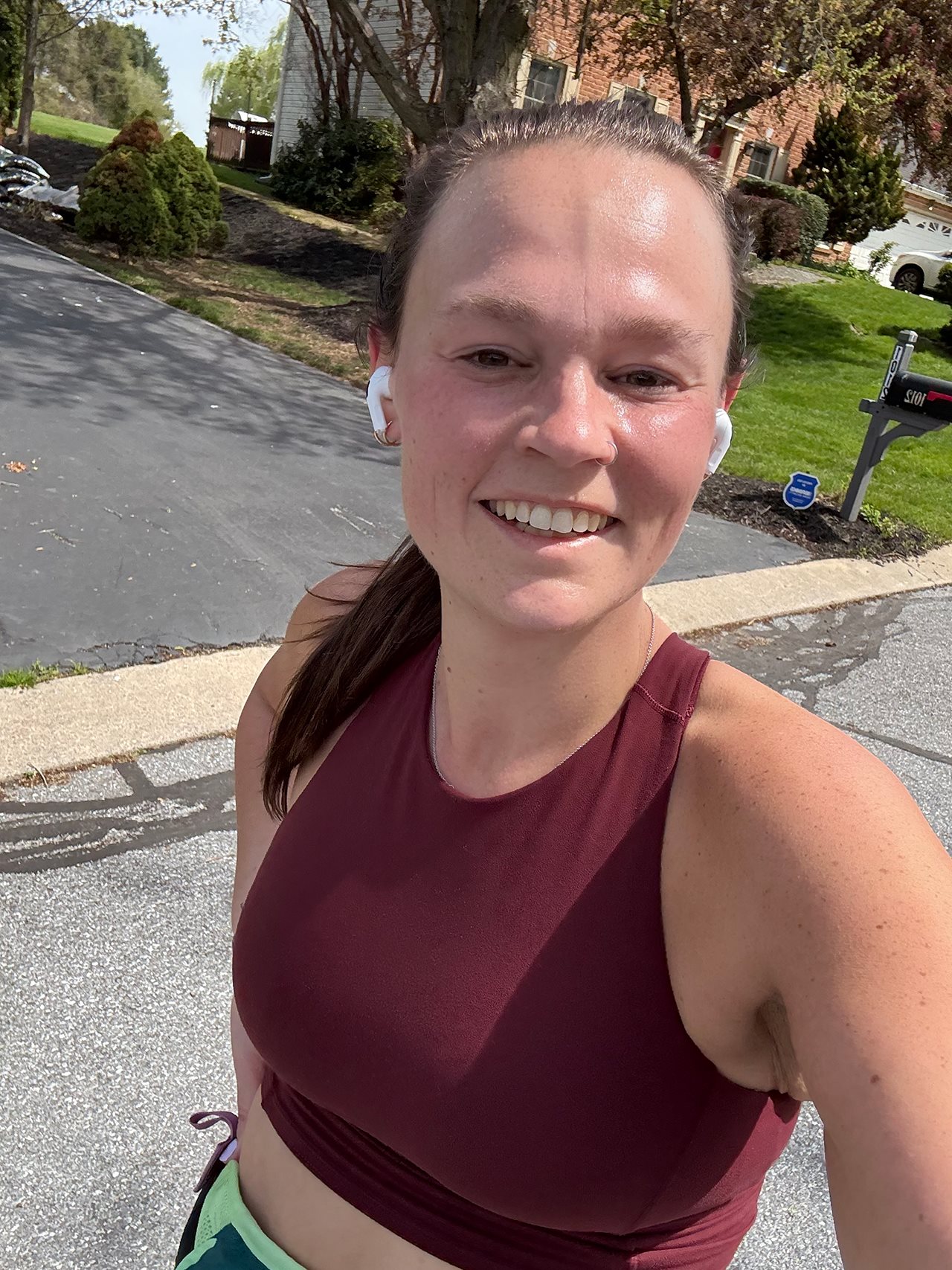
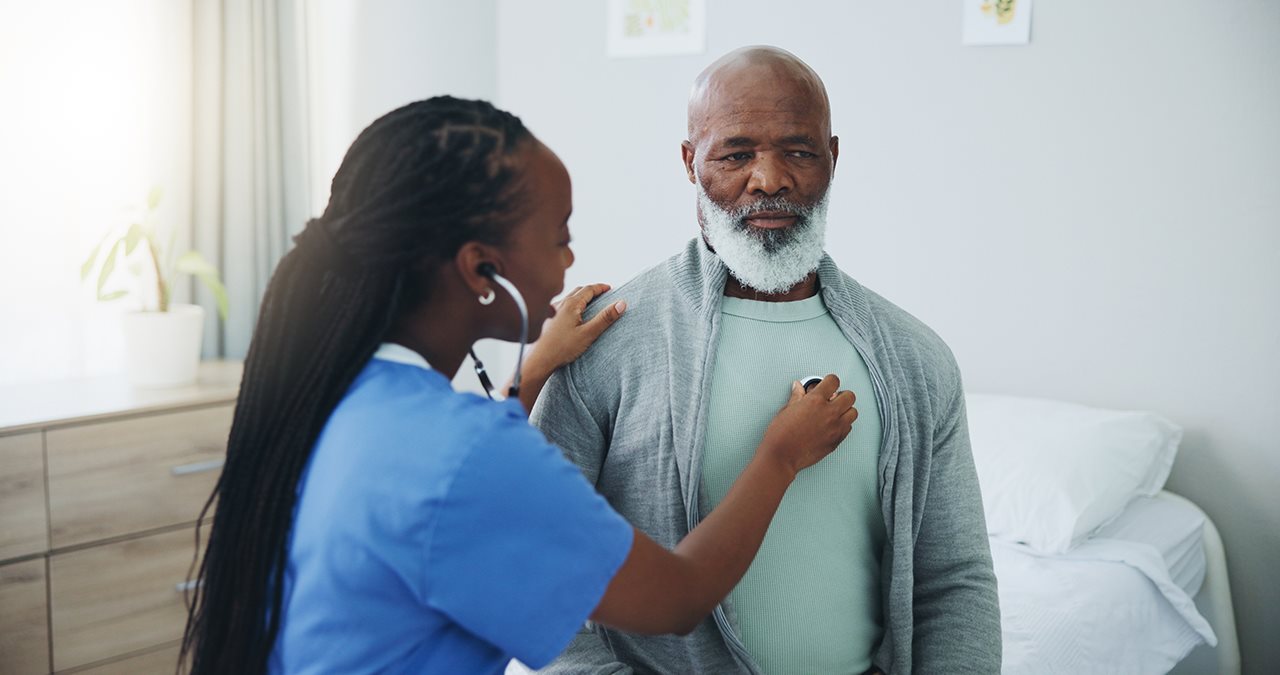






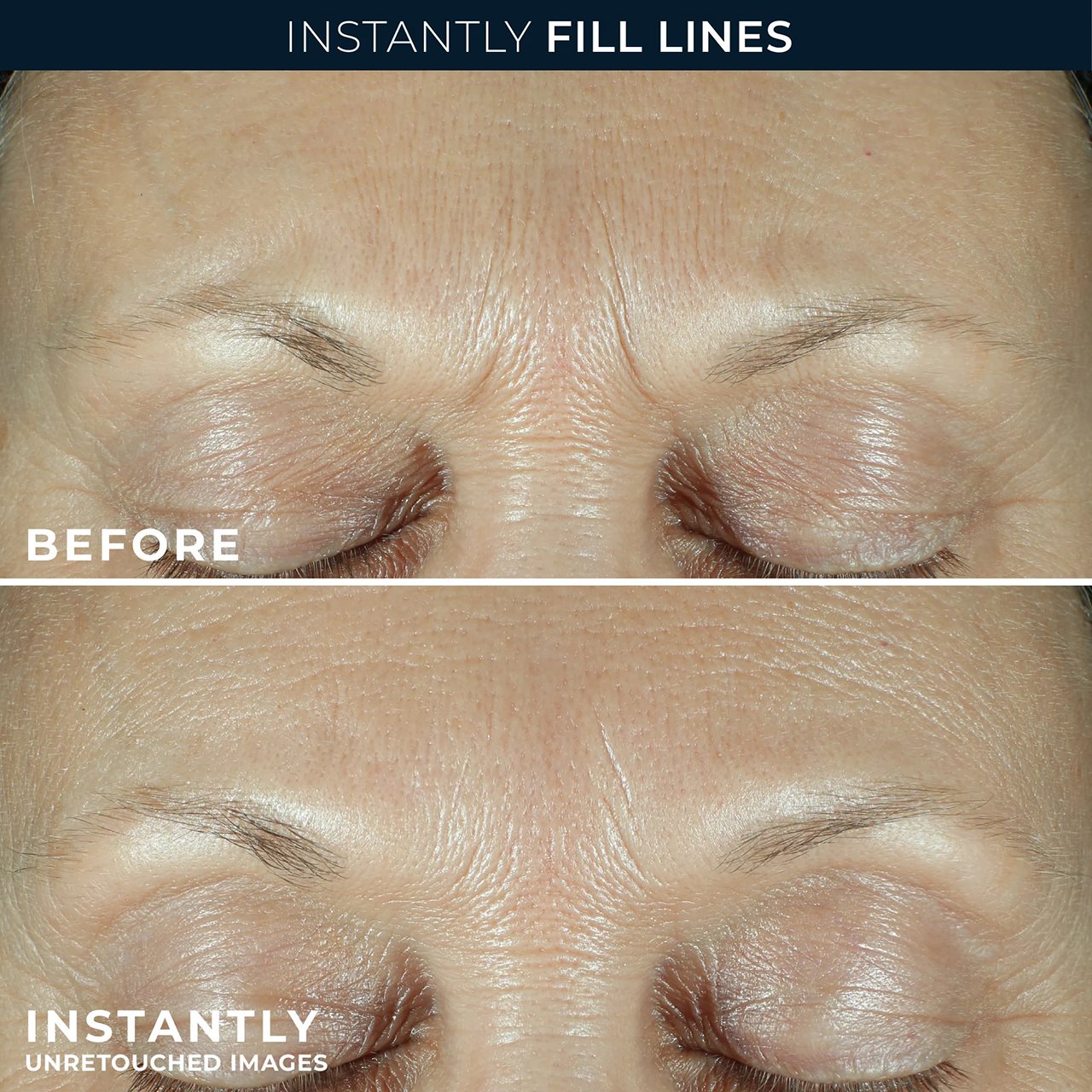


















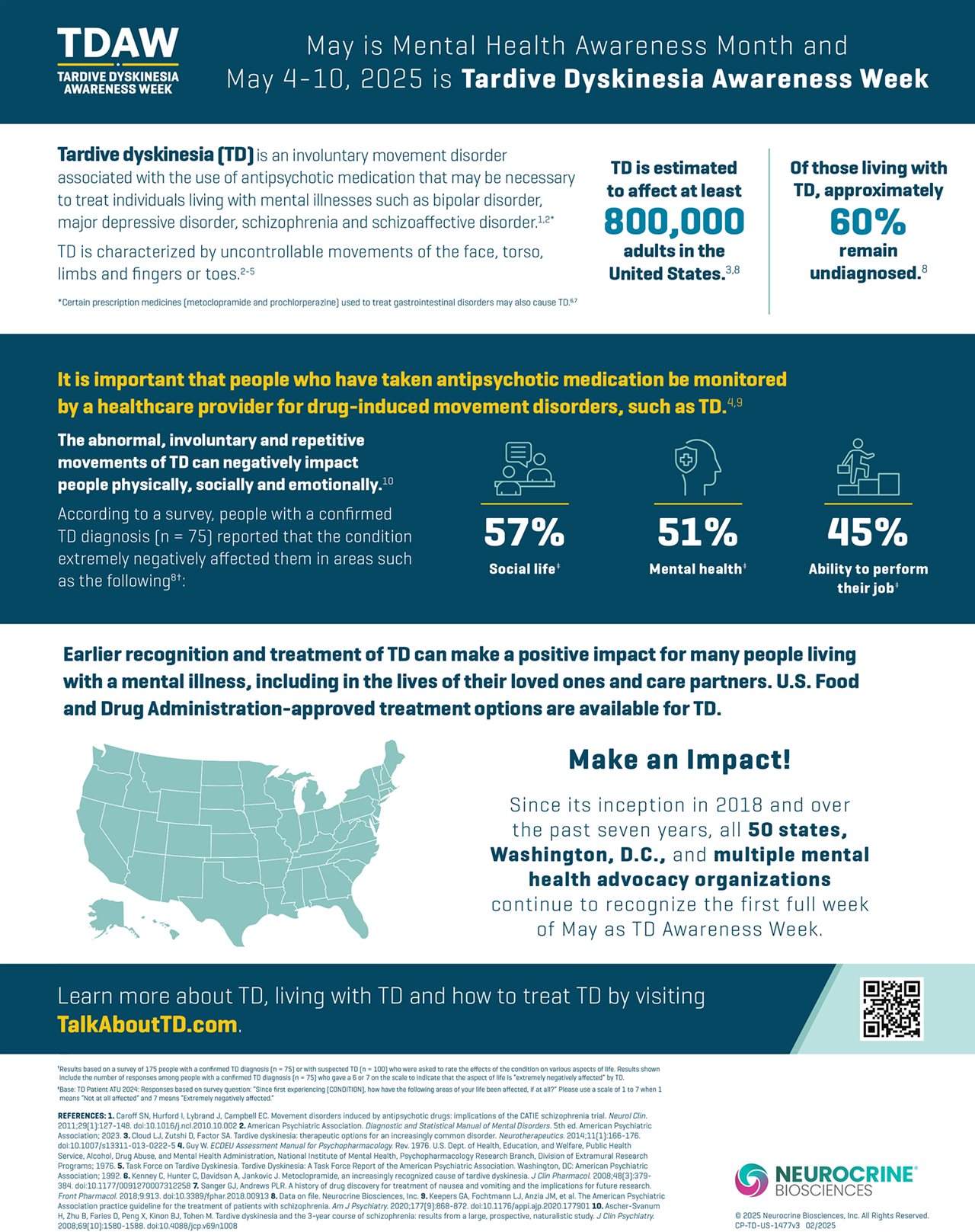


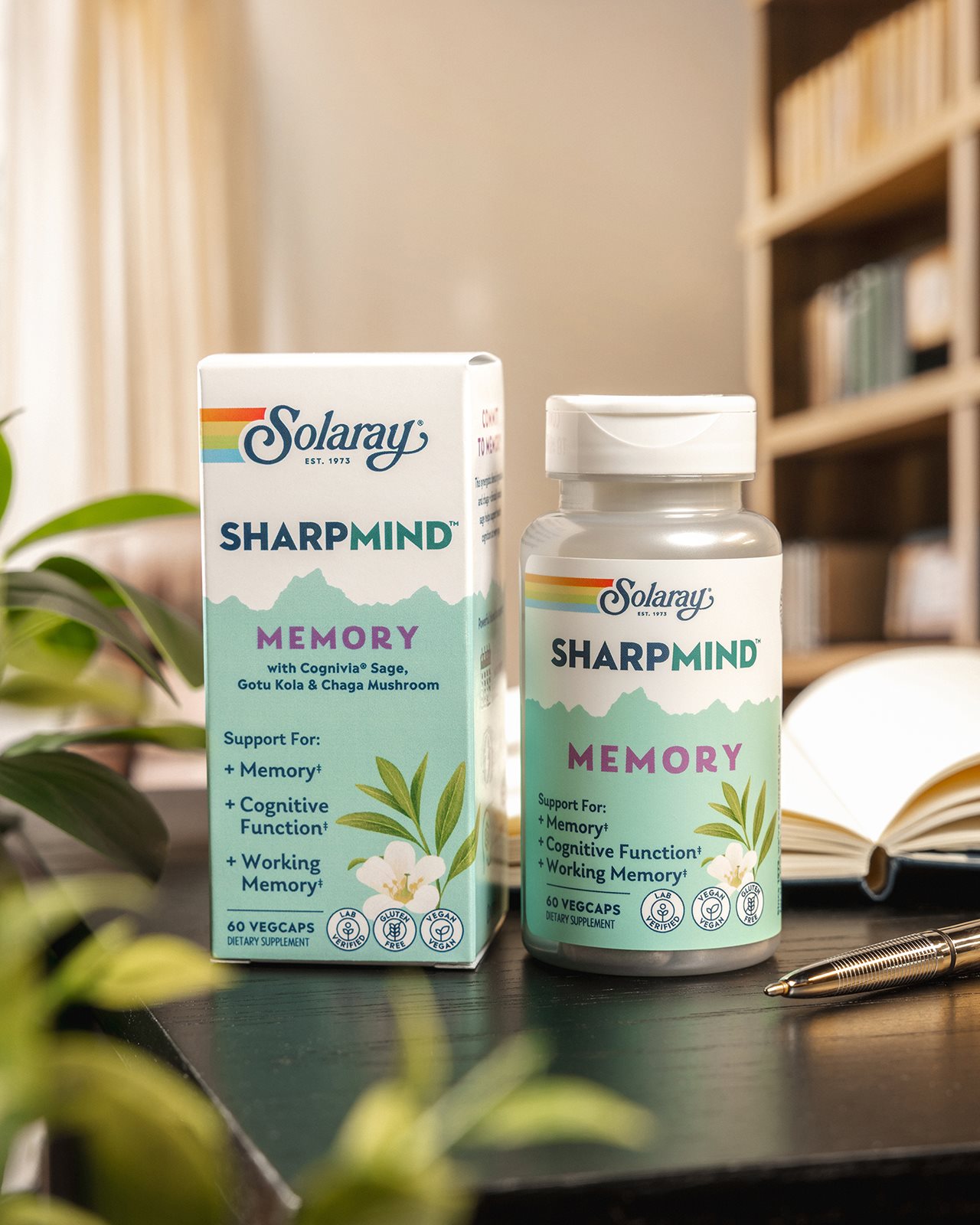

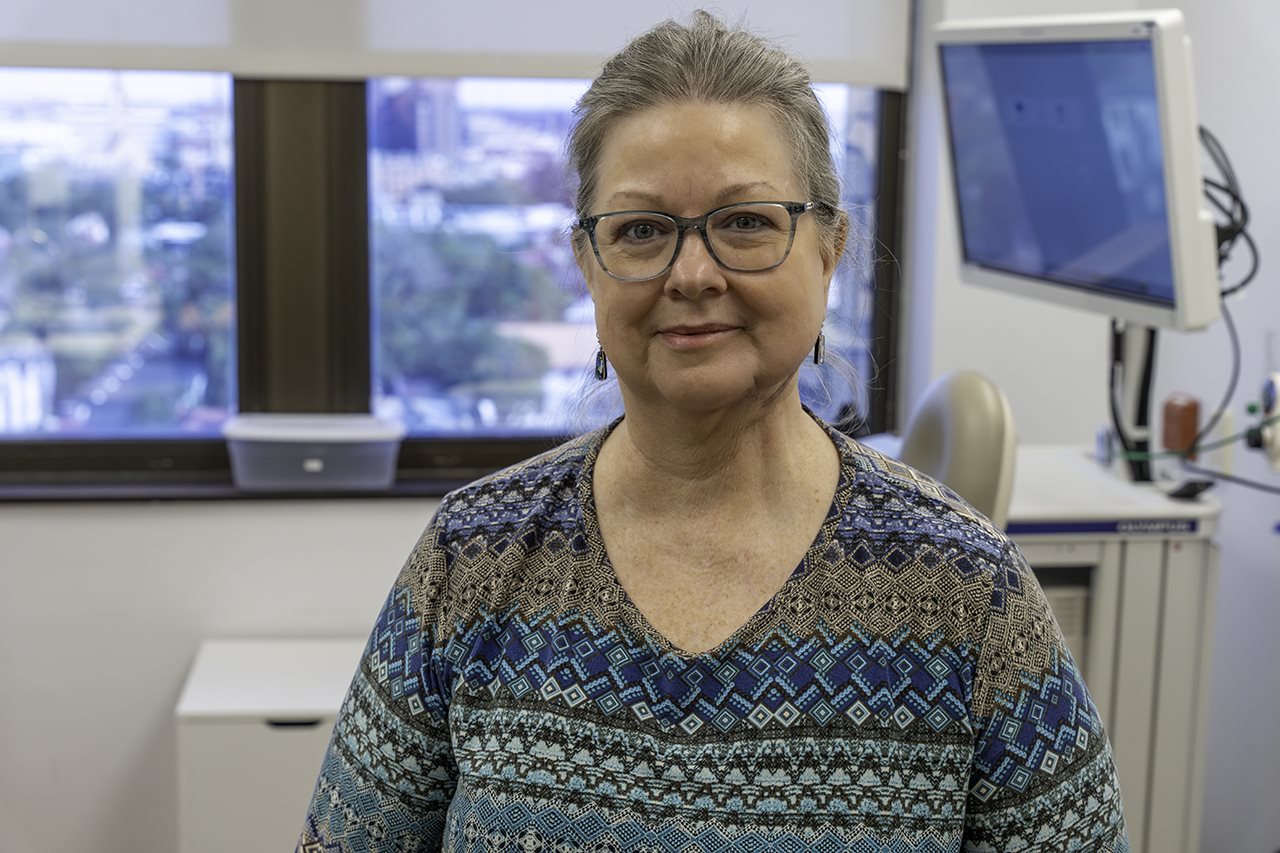
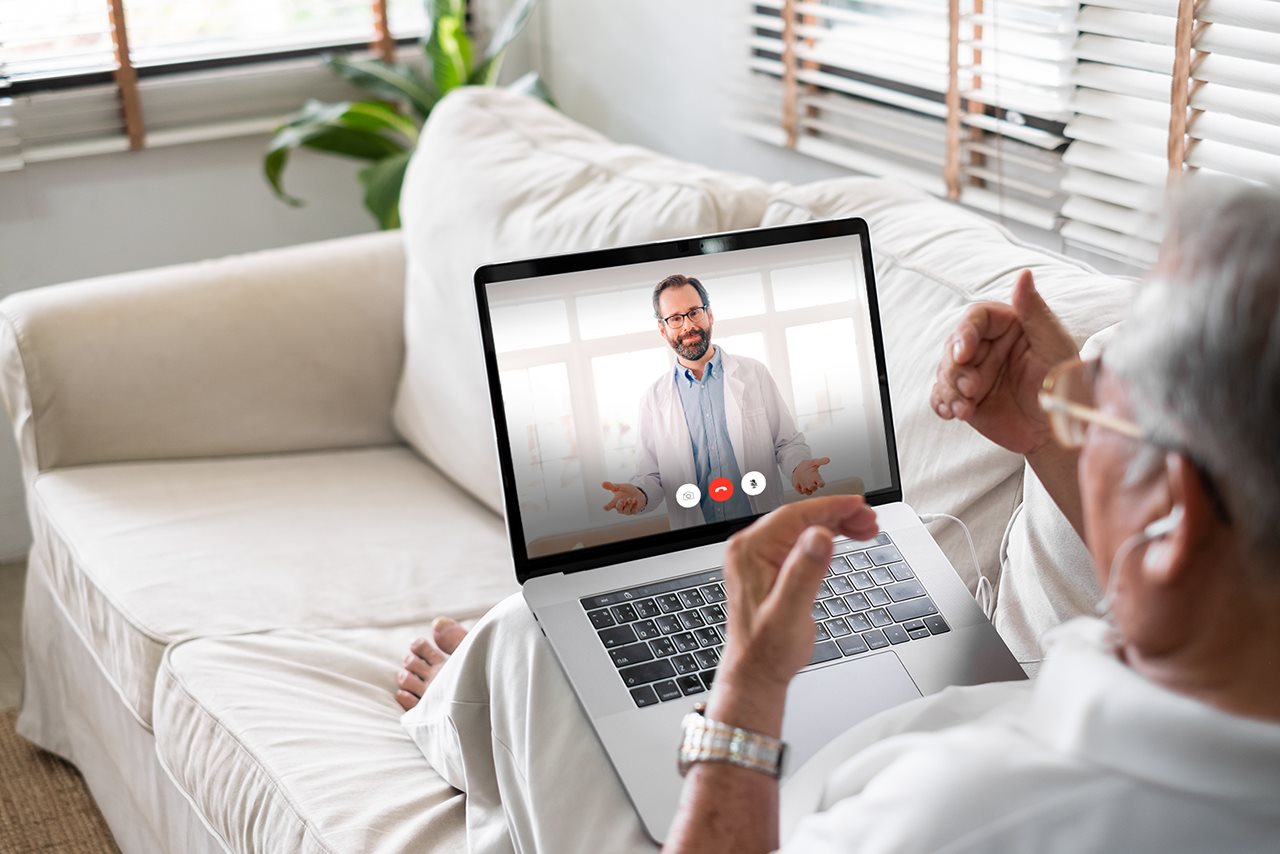






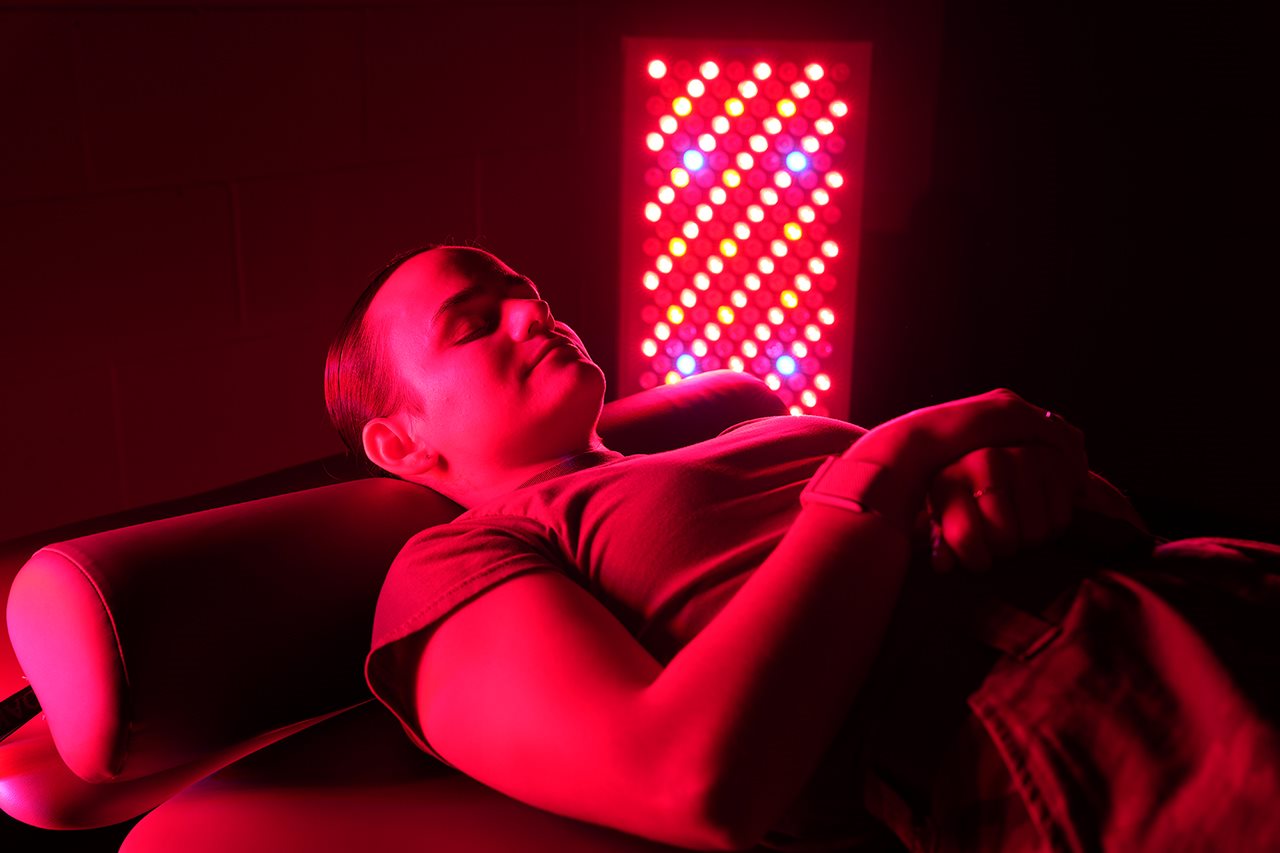




 Caption: Your information will be evaluated by a healthcare provider. Credit: Shutterstock
Caption: Your information will be evaluated by a healthcare provider. Credit: Shutterstock















